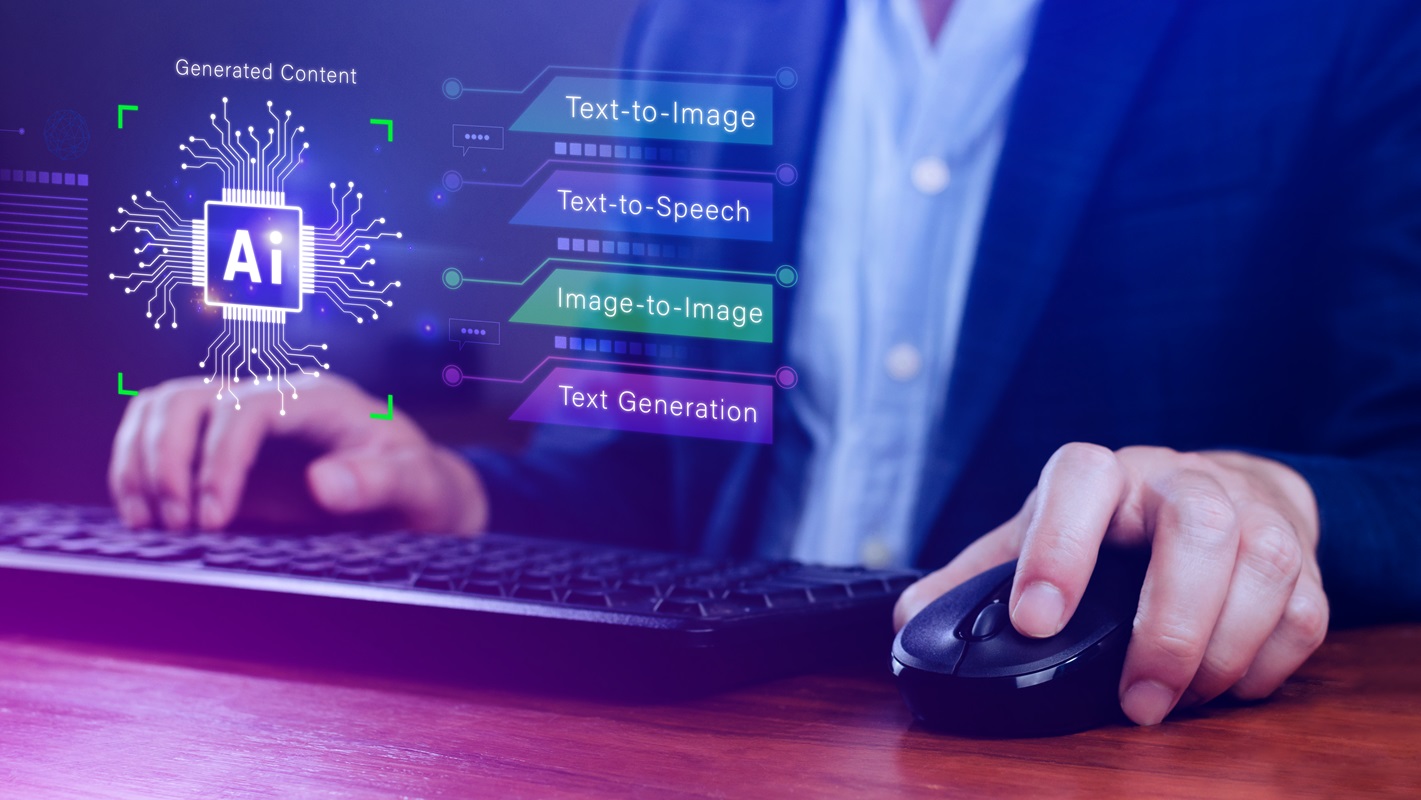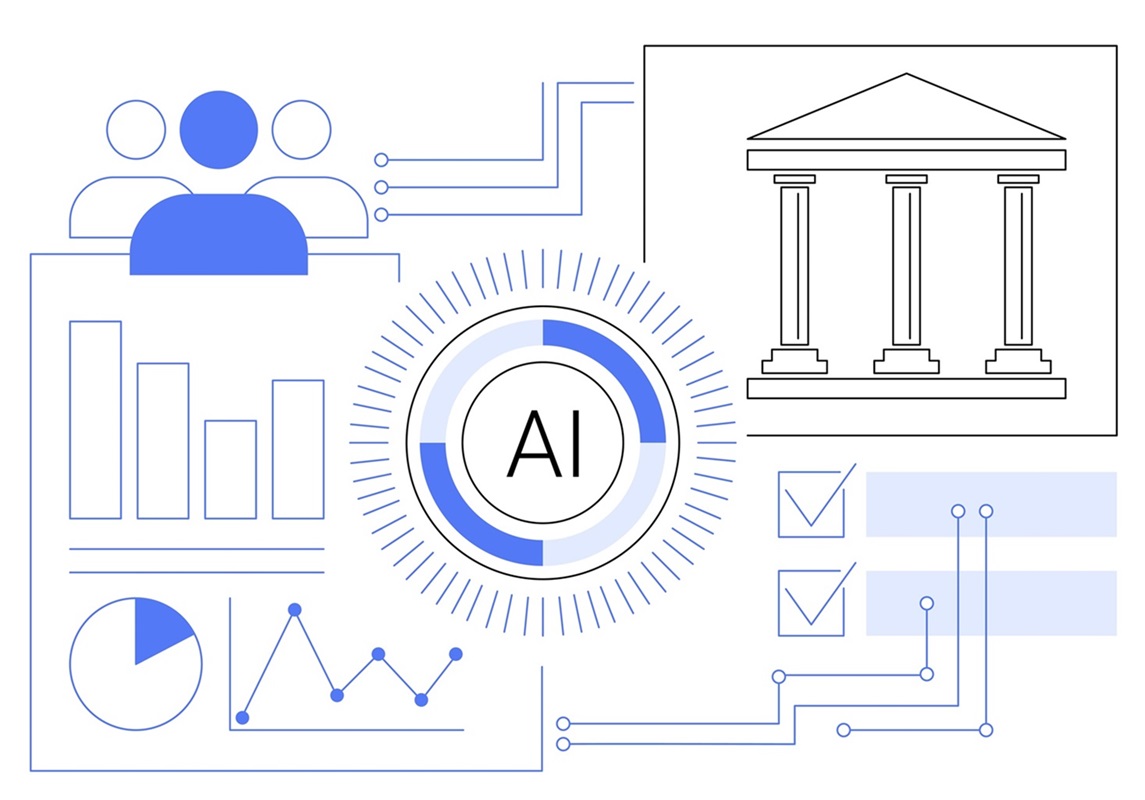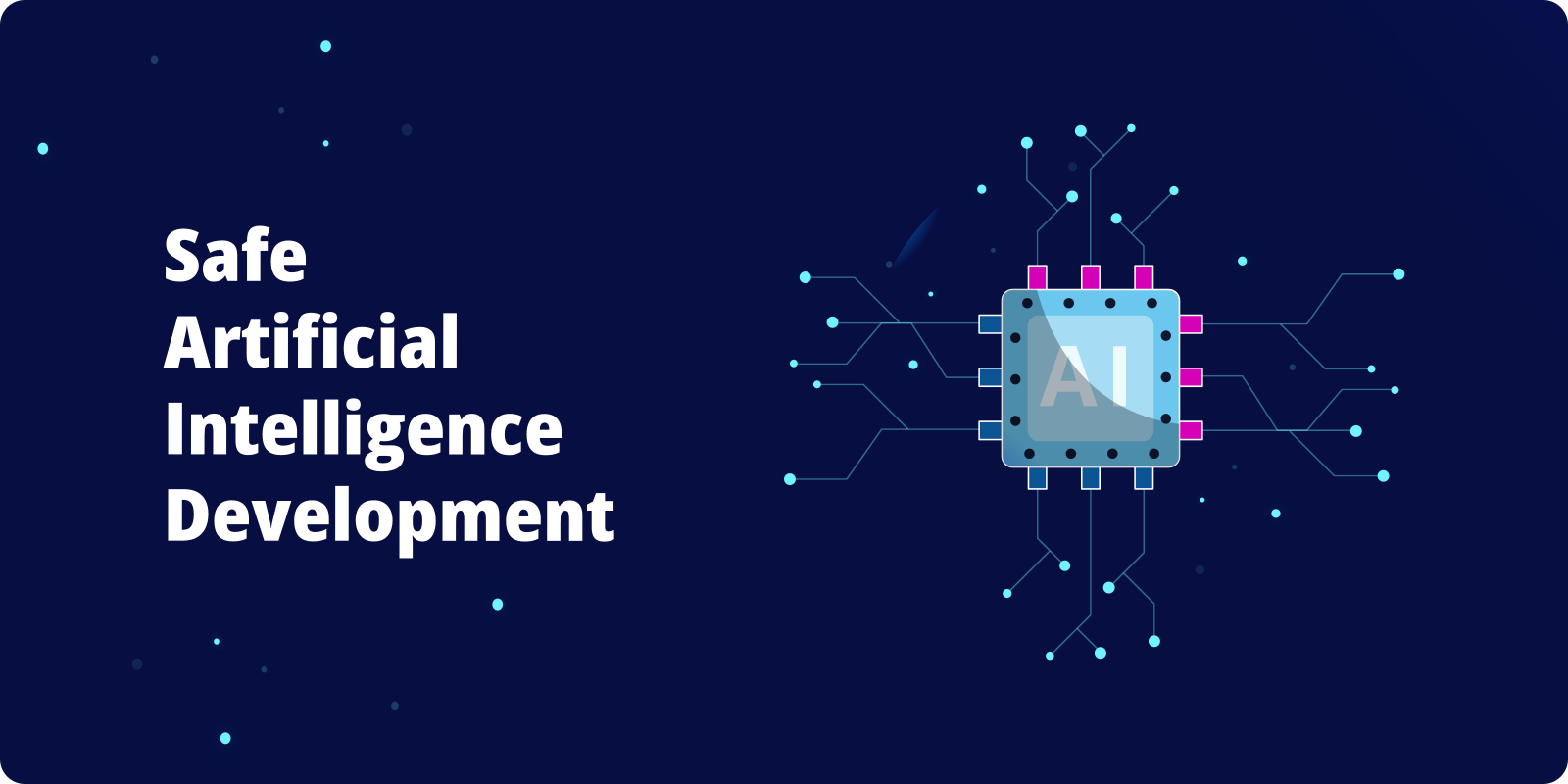Introduction
Artificial Intelligence (AI) has become a transformative force across various industries, from healthcare and finance to education and government agencies. As AI systems become increasingly embedded in our daily lives, the need for safe, secure, and trustworthy AI development and use is paramount. The potential benefits of AI are immense, but so are the risks if these systems are not designed and implemented responsibly. This blog post explores the essential aspects of ensuring that AI development and deployment are conducted in a manner that upholds safety, security, and trustworthiness.
The Importance of Safe AI Development
Safe AI development refers to the processes and methodologies used to create AI systems that operate without causing unintended harm. This involves rigorous testing, validation, and verification processes to ensure that AI systems perform as expected in real-world scenarios.
- Robustness: AI systems must be resilient to errors and uncertainties. Robustness involves designing AI algorithms that can handle unexpected inputs or changes in the environment without failing or producing harmful outcomes.
- Transparency: Developers must understand how AI systems make decisions. Openness in AI development allows for the identification and correction of biases or errors in the decision-making process, contributing to safer outcomes.
- Fail-Safe Mechanisms: AI systems should include mechanisms that allow them to shut down or revert to a safe state in case of failure. This ensures that even if something goes wrong, the impact is minimized.

Security Considerations in AI Systems
Security in AI is critical to protect systems from malicious attacks that could compromise their integrity or functionality. As AI systems are increasingly used in sensitive areas such as healthcare, finance, and government critical infrastructure, ensuring their security is essential.
- Data Security: AI systems often rely on large datasets for training and operation. Protecting these datasets from unauthorized access or tampering is crucial to maintaining the integrity of AI systems. This includes implementing encryption, access controls, and regular audits.
- Model Security: AI models themselves can be targets for attacks. Adversarial attacks, where small changes to input data can lead to incorrect outputs, are a significant concern. Developing AI models that are resistant to such attacks is essential for maintaining their security.
- System-Level Security: Beyond data and models, the overall system in which AI operates must be secure. This includes the hardware, software, and network infrastructure that supports AI systems. Implementing multi-layered security measures helps protect against potential vulnerabilities.
Ensuring Trustworthiness in AI
Trustworthiness in AI is about building systems that users and stakeholders can rely on. It encompasses several dimensions, including ethics, fairness, accountability, and transparency.
Ethical AIEthical considerations are crucial in AI development. AI systems should be designed and used in a way that aligns with societal values and ethical principles. This includes ensuring that AI does not perpetuate or amplify biases, respects privacy, and is used for the greater good.
FairnessAI systems should treat all individuals and groups fairly, without discrimination. This requires careful attention to the data used to train AI models and the algorithms themselves, to avoid introducing or reinforcing biases.
AccountabilityThere must be clear lines of accountability in AI development and deployment. Organizations and individuals responsible for AI systems must be held accountable for their actions, especially in cases where AI systems cause harm.
Transparency and ExplainabilityUsers and stakeholders must be able to understand how AI systems work and make decisions. This transparency is key to building trust, as it allows for scrutiny and ensures that AI systems are operating as intended.
Regulatory and Governance Frameworks for AI
Regulatory and governance frameworks play a critical role in ensuring that AI systems are safe, secure, and trustworthy. These frameworks provide guidelines and standards for AI development and use, helping to mitigate risks and ensure that AI systems are used responsibly.
- International Standards: Organizations such as the International Organization for Standardization (ISO) and the Institute of Electrical and Electronics Engineers (IEEE) are developing standards for AI. These standards aim to ensure that AI systems are safe, secure, and ethically designed.
- Government Regulations: Governments around the world are beginning to implement regulations specifically targeting AI. These regulations address issues such as data privacy, AI accountability, and the ethical use of AI.
- Industry Guidelines: Many industries are developing their own guidelines for AI use. These guidelines often focus on sector-specific concerns, such as the use of AI in healthcare or finance.
- Self-Regulation: Companies developing AI technologies are increasingly adopting self-regulatory measures. These include ethical AI principles, internal review boards, and transparency reports.

Challenges and Future Directions in AI Safety and Security
While significant progress has been made in ensuring the safety, security, and trustworthiness of AI, challenges remain. Addressing these challenges will be critical to the future development and deployment of AI technologies.
- Complexity of AI Systems: As AI systems become more complex, ensuring their safety and security becomes more challenging. This complexity can make it difficult to predict how AI systems will behave in all possible scenarios, increasing the risk of unintended consequences.
- Evolving Threats: The security landscape is constantly evolving, with new threats emerging regularly. AI systems must be continuously updated and monitored to protect against these emerging threats.
- Bias and Fairness: Ensuring fairness in AI remains a significant challenge, particularly when dealing with biased data. Ongoing research and development are needed to create more fair and unbiased AI systems.
- Global Coordination: The development of international standards and regulations for AI is still in its early stages. Global coordination will be essential to ensure that AI technologies are developed and used responsibly across borders.
- Public Trust: Building and maintaining public trust in AI is an ongoing challenge. Transparency, education, and engagement with the public will be key to addressing concerns and building trust in AI systems.
The Role of Education and Training in AI Safety
Education and training play a crucial role in ensuring the safe, secure, and trustworthy development and use of AI. By equipping developers, policymakers, and the public with the necessary knowledge and skills, we can better navigate the challenges associated with AI.
Developer Education: Developers need to be trained in best practices for AI development, including safety, security, and ethical considerations. This training should be incorporated into computer science and engineering curricula at all levels.
Public Awareness: Public education campaigns can help raise awareness of AI and its potential risks and benefits. An informed public is better equipped to engage with AI technologies and hold developers and policymakers accountable.
Policymaker Training: Policymakers need to understand the complexities of AI to create effective regulations. This includes training in the technical aspects of AI, as well as its ethical and societal implications.
Continuous Learning: The field of AI is rapidly evolving, and ongoing education and training are essential. This includes staying up-to-date with the latest developments in AI safety, security, and ethics.
Conclusion
The development and deployment of AI offer immense potential, but they also come with significant risks. Ensuring the safe, secure, and trustworthy use of AI is a shared responsibility that requires the collaboration of developers, policymakers, industry leaders, and the public. By prioritizing safety, security, and ethics in AI development, we can harness the power of AI while minimizing its risks, ultimately leading to a future where AI serves as a force for good in society.
In conclusion, as we continue to advance AI technologies, it is essential to focus on creating systems that are robust, secure, transparent, and fair. This will not only help in preventing potential harms but also in fostering public trust in AI, paving the way for its broader acceptance and integration into society.
